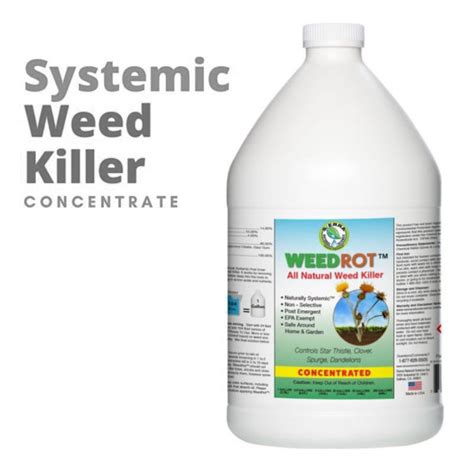Understanding the potential risks associated with common herbicides, such as Glyphosate (Roundup) and 2,4-D, is crucial given their widespread use in agriculture and residential areas. Glyphosate, first registered in the United States in 1974, is now a key ingredient in many commercial herbicide products. While its effectiveness in controlling weeds is well-documented, there is growing concern about its impact on human health and the environment.

Similarly, 2,4-D, known for its low toxicity when ingested, inhaled, or upon skin contact, poses certain risks, particularly in its acid and salt forms which can cause severe eye irritation. Incidents of vomiting, diarrhea, headaches, and behavioral changes have been reported in cases of ingestion of products containing 2,4-D. However, it’s important to note that these effects are often associated with misuse or overexposure.
Glyphosate (Roundup): Understanding Risks to Human Health – Penn State Extension
2,4-D General Fact Sheet – NPIC
The use of herbicides can also lead to unintended consequences, such as herbicide drift, which can damage gardens and crops even if they are not directly treated with these chemicals. Homeowners and lawn care companies often use herbicides like 2,4-D and dicamba for their effectiveness against broadleaf weeds, but this can inadvertently harm nearby plants.
Noticing herbicide drift in your garden? – UMN Extension
Furthermore, the persistence of herbicides in soil, hay, manure, compost, and grass clippings raises additional concerns. Certain chemicals, such as picloram, clopyralid, and aminopyralid, can remain active for extended periods, potentially impacting soil health and the safety of compost materials.
Herbicide carryover in hay, manure, compost, and grass clippings – OSU Extension Service
Grass clippings too toxic to compost? – OSU Extension Service
While the debate continues, it’s essential to consider the potential long-term impacts of these herbicides on human health and the environment. As research advances, it may shed more light on the true extent of these risks, perhaps leading to more stringent regulations or the development of safer alternatives.